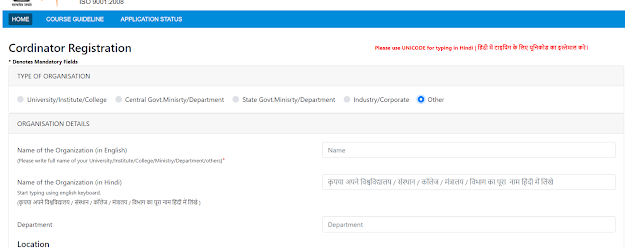
Astronomy is the study of celestial objects, their motions,
their positions, and properties. It is considered as oldest science after
medicine. The clear starry night has always amazed humans.
The presence of astronomy in India can be seen since prehistoric times. Earlier it was used to predict auspicious dates for special events and religious festivals.
The beginning of astronomy can be traced back to Vedas-
Rigveda and Yajurveda. Earlier astronomy was called Jyotisha. The Vedangna
Jyotisa is the earliest available Indian Astronomy textbook. The accepted
period for this book is between 12th and 14th century B.C.
In today’s world, the word Jyotisha is used for predictive astrology or pseudo-science.
But still it must deal with Sun, moons, planets, nakshatras, etc. Have you ever wondered, how astrology books claim
to predict positions of celestial bodies?
Mathematics was always a part of Jyotisa, which calculated
the positions of celestial bodies in Vedic period. But it’s over utilization
for religious predictions, hindered its development as science and became obsolete
to modern world.
Vedanga Jyotisa
Vedanga Jyotisa contains the record of essential astronomical
knowledge needed by the people of Ancient India for day to day life. This book has
two parts-
- Rigveda Jyotisa- This contains 36 verses.
- Yajurveda Jyotisa- This contains 44 verses.
The people of that era had good knowledge of planetary
systems and some other celestial bodies. The planet Jupiter is mentioned as Brihaspati,
Venus as Sukra or Vena in Rigveda. Apart from this, the sidereal period of moon,
27.3 days was well known during those days.
This book contains details of Nakshatras (Stars) and its
groups (constellations). The brightest star in its group ware called as Nakshatras.
The Rigveda Samhita mentions five Nakshatras and the Taittiriya Samhita
mentions all 28 Nakshatras including Abhijit (Vega).

In vedanga Jyotisa, the calendarial items like seasons,
solstices, the visuvas (equinoxes), the revolution of Sun and Moon as observed
from earth, the length of longest day and the shortest night, etc is mentioned
in detail.
Later on, Siddhantas or established theories were developed
which were used for astronomical studies. At this time period, decimal system
was introduced in Mathematics which helped astronomers to make precise calculations
of celestial phenomenon.
In India, there were 18 well established Siddhantas- Surya, Paitamaha,
Vyasa, Vasistha, Atri, Parasara, Kasyapa, Narada, Gargyan, Marici, Manu,
Angira, Lomasa, Paulisa, Cyavana, Yavana, Bhrgu and Saunaka.



















